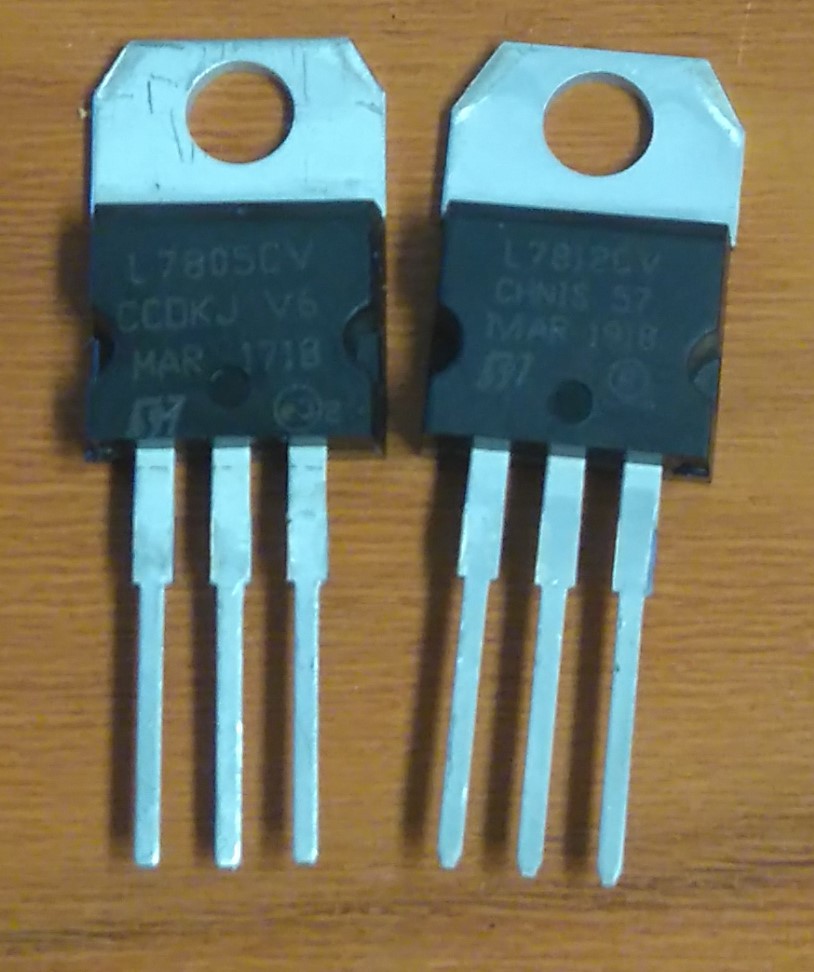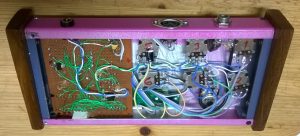I buy a lot of components from Chinese ebay sellers. I do know quite well those are not always what they are supposed to be even when listed “new, original”. Most of the time I’ve been satisfied with what I got. Usually I use these for keeping a stash for experiments that would not happen with normal component pricing. I often buy more reliable components for power supplies and such that could generate further damage. Anyhow this case triggered me to write a story to keep in mind.
So I needed one vintage chip (did work as expected). Found a seller and noticed they also listed cheap 78xx and 79xx regulators. I like to keep those available for sudden inspiration so I ordered a few. Listing was very cheap, like a few dollars for 20 pcs of 78xxCV TO220 (unfortunately I forgot the seller as I used these two years later). Got those and gave positive feedback as they looked ok and didn’t need any just then.
Time passed and recently I built a power supply for my eurorack synth. Used those linear regulators (7912 + 7812 + 7805). Yeah, don’t know why I used those for a power supply for potentially expensive gear. Built it, measured the voltages and all looked fine. Great. Then just happened to think maybe I’ll measure the current limit and look at the ripple before testing any modules. The transformer is a 40VA 2x12V one (rated 1.25A per coil), so I’d expect at least 1A per rail (+/- 12V). Hookup variable load, testing 12V rail first. Increasing load shows the voltage stays nicely at 12V and looks good, but when passing about 300mA load it drops to 0. What? Same story with -12V and +5V. Whaaat?
Nothing wrong with transformer or rectifier. When output drops to 0 the input side was still over 15V, more than enough to maintain the output (dropout spec is 2V for L7812CV). Whats’s the problem? Problem is all these 3 regulators are likely not actual 78/79xxCV as listed, but something else. Good news is there is overload protection unlike one switched mode regulator I got earlier from another seller (through it was a fantastic show with smoke effects and small explosion in the end!). Bad news is it’s way below datasheet listed at 1.5A (-> ~300mA). Changed all 3 to genuine ones from local shop and now get easily 1A. So my cheap regulators do work somehow, but are way below spec. Not fully unexpected for very cheap stuff from China, be aware. Most of the time however I do get usable components if not perfectly to specs.

I still order cheap components from China for various projects, but once again it’s a good reminder you often get what you pay for.





